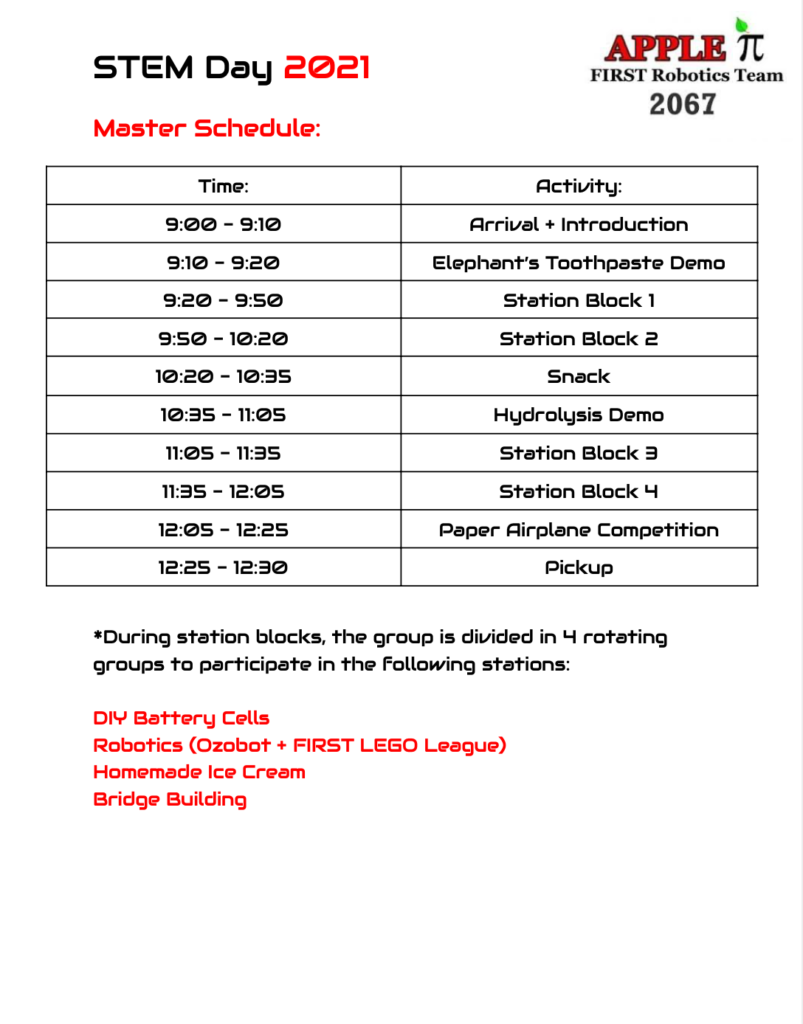![]() Chief Technology Officer Clint Kennedy has a vision for Branford schools.
Chief Technology Officer Clint Kennedy has a vision for Branford schools.
He spent at least eight months preparing for his brainchild, the months-in-the-making technology expo “Building Bridges: Taking Tech Home,” at Francis Walsh Intermediate School. It’s a chance for him to introduce his ambitious plan to the community: Kennedy wants to put as many mobile devices as possible in the hands of students, and encourage kids to use them to their full potential in classrooms.
“Branford has done a wonderful job over the past 15 to 20 years of living in a desktop, Windows, Microsoft Office, printing world,” he said. “And we’re now in mid-stream in this transition to a more personalized, mobile, app-based, student-centered world.”
The expo kicked off Wednesday night with full technological fanfare. In his opening address, Kennedy encouraged the crowd to tweet from the event under the hashtag #BBTTH. Behind him, a robotics demonstration showcased a basketball-playing robot (it made quite a few baskets.) University of New Haven professor Ian O’Byrne delivered the keynote address. He said in many cases schools are having to play catch-up with students.
“Our students are coming into our classrooms every day fully loaded,” he said. “They’re multitasking. They can go between their cell phone and their computers, texting and tweeting and sending out hashtags. They’re doing that.”
Kennedy said a big part of the event was to show off students’ existing technological prowess. In a highlight of the expo, three students from BHS teacher Madelyn Paskiewicz’s video production class debuted a short film called “How is technology used for learning in Branford Public Schools?” (Under a Creative Commons license, the student filmmakers gave Branford Patch access to the film – see the video above.)
“Everyone who worked on this project will tell you firsthand that the technological process used at Branford works pretty well,” said one of the filmmakers, Samuel Bibbins.
Connecticut requires a technology plan to be filed and approved by the Department of Education. Kennedy said his department has taken a slightly different approach – what he calls a “switch of paradigm.” Here’s what that means at education level. (These are long-term goals, and not all will occur right away.)
Elementary: Tablet and touch-based devices will be made available to students in a shared environment – what Kennedy calls a “lab on wheels.” Students won’t be bringing them home, and not every student will have individual access to devices.
Middle School: A “true 1-to-1 program,” in Kennedy’s words, being piloted at Walsh Intermediate School. Every student will be provided with a personal tablet device, and teachers will be trained on incorporating their use in the classroom.
High School: Kennedy says schools will provide “power and policy,” as well as training for teachers, for what he calls a “BYOT” (Bring Your Own Technology) plan. Students will be encouraged to bring and use smartphones and tablets, and those without devices can check them out from a “lending library” built out of the existing media center.
Branford is beefing up the new paradigm in other ways, too: seminars at the expo taught literacy in programs like Google Apps and Khan Academy. But Kennedy says moving toward the 1-to-1 program is the core of the new plan.
In the age of “free-range parenting,” not everyone likes the idea of a one-to-one plan. Last week, some Patch readers responded to the approval harshly.
“This is so frustrating!” wrote commenter Janis Milam. “Our kids are INDUNDATED WITH TECHNOLOGY! It keeps them from learning the basics like playing outside with other children which teaches them everyday tools that are important to their social and emotional development.”
Other commenters mentioned the cost of the program and the possibility of students losing devices.
The hesitation might be due to the approval taking place amid pessimism among some on the board, especially president Frank Carrano, about the future of a pre-kindergarten program in Branford. The program could be sustained for the price of one teacher’s salary. But Carrano put his foot down at last week’s Board of Education meeting: if the program couldn’t grow, it would die.
But at the expo, Carrano said it wasn’t just a matter of choosing between take-home tech and a Pre-K program. For one, the Board of Finance cut nearly 40% from the school’s technological budget.
“That kind of hampered our plans,” he said. “We want to use what we have to the best capacity, and that includes professional development, so we can know the teachers have the necessary skills. There are so many new concepts coming down.”
“What I’d like to see us do is use as much as possible the resources that are readily available,” he said, referring to teachers and existing technology, “and supplement them with the kinds of technology we see here tonight.”
School administration echoed this sentiment of qualified but cautious approval. In an introductory speech, Superintendent Hamlet Hernandez stressed “not chasing the latest gadget, but making sure that what we have and what we desire to have is appropriately used for the desired outcomes.”
Kennedy said he hasn’t heard any criticism from the community about the cost of the program. On the contrary, he said.
“We’ve seen our capital budget cut,” he said. “And I’ve gotten a lot of feedback from parents asking why we can’t have more technology. I’ve told them, listen, we’re doing the best we can with the appropriations we receive. And we’ll continue do the best we can.”
Original Article: http://branford.patch.com/articles/inside-the-future-of-tech-at-branford-schools


 Spooktacular Cruise In - Weather Alert
Spooktacular Cruise In - Weather Alert Spooktacular '23
Spooktacular '23 OPEN HOUSE at APPLE PI ROBOTICS, Sept. 9th, 10am-Noon
OPEN HOUSE at APPLE PI ROBOTICS, Sept. 9th, 10am-Noon Open House at Apple Pi - Saturday, May 21st, 2-4 PM
Open House at Apple Pi - Saturday, May 21st, 2-4 PM Spooktacular Cruise-In at Moroso Performance Products is Back!
Spooktacular Cruise-In at Moroso Performance Products is Back! STEM Day 2021 Sign-Ups!
STEM Day 2021 Sign-Ups!